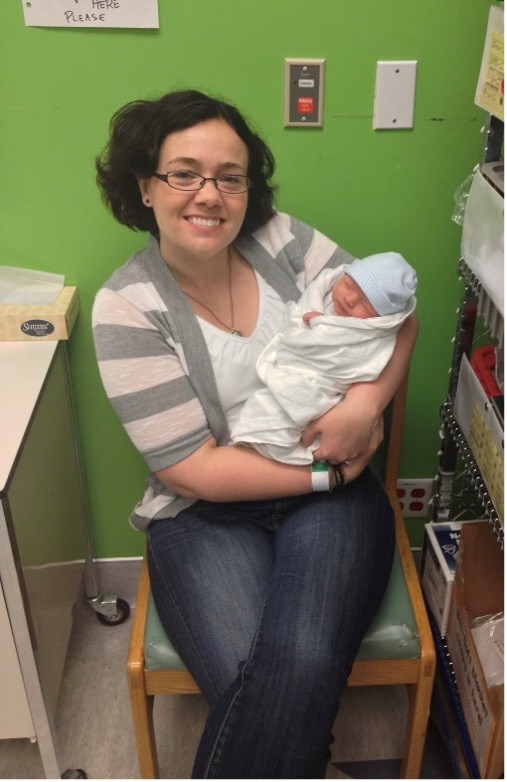
It is estimated that, on average, one in six Canadians experience infertility. I am one of those Canadians and wanted to share my story.
It comes as no surprise that I am a planner in all aspects of my life, and when I knew I wanted to start a family, the first thing I did was get a physical. I wanted to ensure that I had no health issues prior to trying to conceive. Following the all-clear, and customary 12 months of trying to conceive, we started to investigate why we had been unsuccessful.
We underwent many tests to get at the root of the issue. Following these tests, my husband and I were considered to have undiagnosed infertility, meaning that doctors couldn’t pinpoint a causal link as to why we were unable to conceive.
Armed with this vague diagnosis, we went through the list of available options. We started with intrauterine insemination (IUI). On average, these costs range from $575-$1000 per cycle. There are additional medications and ovulation tests, which increase the overall cost of the treatment. We underwent three rounds of IUI with no success.
Our next step was to consider in-vitro fertilization (IVF). The costs associated with this treatment are significantly higher, due to the additional steps required. At the time, a round of IVF came at a cost of $7,000 – $10,000. This did not include the cost of any medications needed as part of the process, or any additional storage fees related to oocyte or embryo cryopreservation.
My husband and I decided to forgo IVF and pursue open adoption. We made this choice because we didn’t have a clear understanding of why we were unable to conceive and felt that IVF might not work. When we went through the initial process of understanding adoption further, we also realized that the legal costs associated with adoption were quite similar to the costs of a round of IVF.
I’m mentioning the costs, as they do have an impact. Many start the process of pursuing treatment options and fail to consider them. I’ve witnessed people deplete their savings, in some cases against their partner’s wishes, in an attempt to conceive.
What you want to pursue is a deeply personal choice. If you are making these decisions, either with or without a partner, consider the following:
- Treatment Options: What treatments are you willing to try? What are the physical, financial, and emotional costs of each option? How much time and energy are you willing to put into the process?
- Financial Resources: What savings do you have to commit to your treatment options? What benefits do you have and what can be covered? When it comes to fertility treatment in Canada, you can write off some expenses. You can search for eligible medical expenses you can claim on your tax return, and eligible adoption expenses.
- Emotional Support: How will you receive support throughout the process? Are there any trusted people that you can share your experiences with?
Following what happened to coincidentally be a 9-month adoption process, in the summer of 2013, we held our son Aidan in our arms. We had many periods of doubt, where we wondered if we had made the right decision. Looking back, we can’t imagine growing our family any other way.


